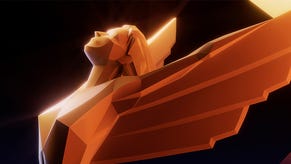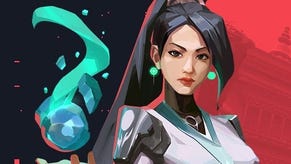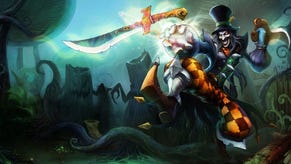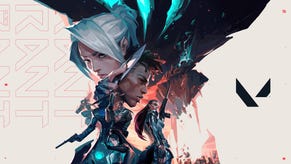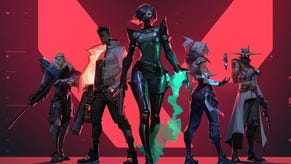Valorant review - exacting, infuriating, sublime
Sovawhelming experience.
At its best, there are few games that can get close to Valorant. This is a game made with impeccable clarity of focus and purpose, a dream team assembled from every competitive player's wishlist of ideas. It feels, more often than not, quite wonderful to play, smooth and severe and millisecond precise. It can also feel like a nightmare, trapping you in mazy, winding corridors of pristine white and silent beige, the silence only punctuated by other players' rage or deafening bursts of gunfire. The result is a game that leaves you oscillating wildly between love and hate, depending on the outcome of a round, the result of a match or just the makeup of your team, and that's also how it gets you - or at least how it gets me. Play enough and you'll push through the barrier of marvelling at purposeful design, or shaking your fist at its blandness, to find a kind of lovable monster, a white whale, designed not just to feel good and accurate and fair, but to be something you'll be desperate to chase, and obsessed with trying to conquer and tame.
We're well after release now, which means Valorant is a known entity to most people, but here are the basics: it's Counter Strike with abilities. Two teams of five face off in rounds, with the first to 13 winning the match. There are four maps, one team attacks, the other defends, you swap after 12 rounds - half-way, if it's evenly split - and the goal is to either plant a bomb ("spike") and protect it until it explodes, or stop the other team from planting it and defuse it if they do. Or, you could just kill everyone on the opposite team. At the beginning of each round you buy your weapons, shields and abilities with currency earned from your previous round's feats. Adding different characters (there are 11 at launch) each with four abilities (three plus an ultimate, naturally) makes the whole thing a simple, brilliant, and cohesive concept - which is almost inevitable, because its ideas, while they are fantastic, are also overtly borrowed from elsewhere, and so the question becomes almost entirely one of execution.
Valorant knows this, clearly, because execution is its brand, and one it wears with pride. If you've even glanced in the game's direction you'll have overheard its boasts of unprecedented server tick rates, unparalleled performance on decade-old laptops, magical lag reduction and lowered pings worldwide. There are so many small things this game does right that in a way I don't know where to start. One - a personal favourite - is its art style, which is something that happens to be emblematic of so much of what the game itself is about, too. Valorant's art is function, function, function. It's ordered hierarchically, for instance, in terms of what visual information you need to process first: your equipped weapon or ability is the clearest and brightest, sparkling clean in the foreground. Then its other characters, with "distinct shapes, colour palettes, colour zones" as director Joe Ziegler put it to us recently, designed to stand out both from the background and one another with as much immediacy as possible, but not as much as your weapon. Behind them lies the immediate environment, which is purposefully sparse and, by virtue of that, irrefutably bland. Anywhere that an in-game character can stand is clear, muted, and uncomplex - un-busy - so your eye can skip straight to the movement, straight to the prey. Above that imaginary play-space line: freedom, for more fun, more world-building, more story hints and teases of lore - if you ever find yourself looking that way.
There are two results: gameplay, however you define it, is visual perfection. I know when shots land, where bullets hit, where people are, what everyone's doing, and the synthetic, watercolour brush-stroke approach means it's all still oddly pleasing to look at, at a sort of desktop background surface level. The other is the game is oddly stifling - suffocating, in fact - the maps feeling small and walled-in, regardless of where they're pretending to be in Valorant's world, giving the feel of skipping about the playgrounds of a dead civilization, acting out life under Stephen King's dome. The little flourishes, above the line of blandness, become the little shrubs that grow through brutalist concrete, more beautiful because they're sad.
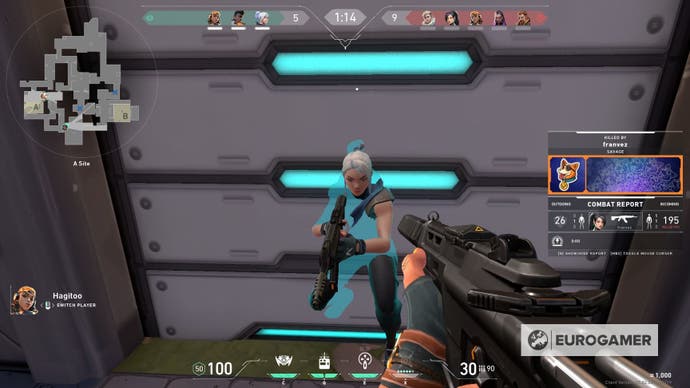
That's added to by Valorant's sound design - which is very similar to its visual design, by which I mean it is brilliant and haunting all in one. Valorant is a stealth game, in my opinion, at least as much as it's anything else. Rounds are silent. Really silent, which implies every audible peep must be there for a reason. Footsteps are the obvious one, with 'Shifting' - walking slowly by holding down Shift, muting your footsteps completely - a simple but essential and hard-to-master skill, borrowed again from Counter Strike. But there are also specific callouts from characters, some map-wide, some local, and the sounds of abilities, teleporters, different surfaces when run across, landed on and shot. Pick a sound and you can pour over it for designer's intent: Cypher's Trapwhire - a near-invisible tripwire, basically - can be heard just before it's visible, giving you a split second to stop before triggering it but not quite long enough if you're running. My personal favourite, being a main with another vision-focused character in Sova, is how his scouting drone can travel through a teleporter without triggering the teleporter's map-wide sound. So I can clear the area at one side of the map on Bind, safely guide my drone through the teleporter to the other side, and spot a good half of the enemy team by surprise.
Then, just like the art style, there's the ways in which this leaks out into affecting the game as a whole. Gunshots rival PUBG for jump-scare volume, while lobby music is subdued, underplayed, tiptoe quiet, even after some settings-tinkering with the mix. You sneak your way through this game, creeping around corners, up corridors, through the rounds. Even as you lobby up and, if you're like me, do your best to dodge the perils of voice chat. You'll get a long way with gun skills, further still with proper mechanical mastery of everything, but you won't really master this game, at any level, without mastery of stealth.
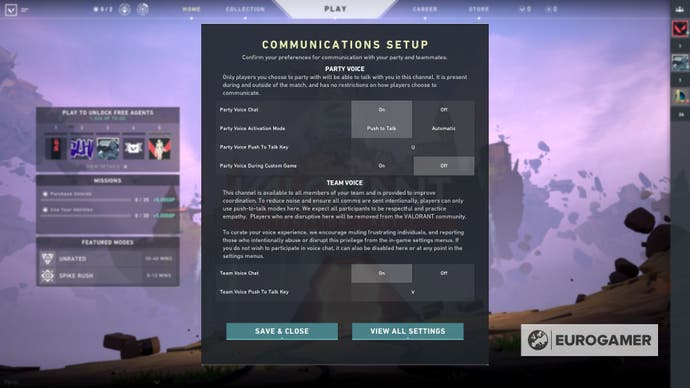
Pair the sights and sounds together, meanwhile, and the result is a kind of hyper-thin layer of impression, stretched over all the tactical and mechanical engineering that's going on underneath. Valorant often reminds me of the old-school, classic match engine for Football Manager, just a top-down rectangle with 22 dots nudging a smaller, 23rd one back and forth. A beautiful, nuanced game boiled down and distilled to its purest essence. There's a kind of closeness - immediacy, or maybe intimacy - between you and Valorant as a game, mirrored in the responsiveness of its tick rates and frame rates and pings, entrancing you in direct experience like some inverse of The Matrix: the game shows you colours and sounds and all you see is running screens of numbers, call-outs, crosshairs on heads.
The tactics of this game are where it really sings. I've barely scratched the surface, because I am terrible and also abnormally uncreative, but the few miniscule things I've tried to cook up myself (the drone-through-teleporter thing was genuinely my idea, but I'm also absolutely certain someone else did it first, and probably a while ago) are more than satisfying enough as it is, even without the exotic plays of professionals you can find on Twitch. Valorant has an exceptional range of practise tools - of course it does - including timed shooting ranges and the ability to freely roam around maps with zero-cooldown skills, sandbox-style. This means freedom to test and experiment to your heart's content, and already there are specific plays people are learning and repeating from their favourite pros. Sticking to Sova, because I know him, I've researched exact, inch-perfect locations to stand with exact pixel-perfect reference points to aim at for firing ambitious recon arrows into certain locations. Stand there, aim at that, use this much charge, success.
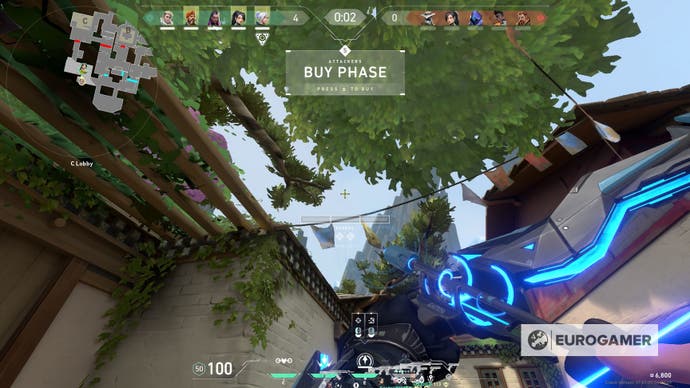
This is where Riot properly shines, because then we get that bit of intra-teammate magic where the perfectly targeted scouting arrow combines with an ultimate like Phoenix's, where he can send a doppelganger through a teleporter to the far corner you've just unveiled, wreak some havoc and return, at no risk to himself. In Valorant, the football match purity you get from Counter Strike's flat format of ten, identical gunslingers facing off is gone, its equality replaced with equity in ten different, complementary (or clashing) agents. And so yes, it's a game about scouting, breaching, containing at its most fundamental - maybe with some economy management and communication thrown in, sure - but the ways in which you can perform the same few basic actions of a tactical shooter have ballooned outwards, the shackles blown off. This is Riot's thing: taking a game that's beautiful through its simplicity and throwing the simplicity out the window - while somehow keeping the beauty. It's a philosophy that almost always fails, flying in the face of the received wisdom that simple concepts always win, but the studio has a knack for making it work.
A limitation, which is probably a necessary one, is that Valorant's characters are less distinct than you might originally hope. The eleven available at launch have some significant overlap - I count five different agents with an ability that fires a large orb or cylinder of smoke to obscure vision on a location, for instance, and three with arena-slicing walls of fire, toxins, ice - but this, inevitably, comes back to that slavish dedication to competition. Ziegler, again, has talked about this. It's about covering "the basics of the functions of the known tactical space in creative and interesting ways... vision blocking, breaching, flushing and distracting" because, say it again with me, competitive integrity comes first. There's promise of more varied agents, with abilities that affect different parts of tactical play, to come in the future - although of course for now that's just a promise.
That's also just Valorant. Playing it, I'm starting to realise, is far from the joyous, vibrant experience you'll find with competitive shooters elsewhere. Joy and colour is explicitly sacrificed - in fact it's often dour, especially with a silent or vicious team on your side. Its world is quiet and eerie, and its language, through weapon skins and end-of-round finishers and maybe a little yippee from your agent when landing a headshot, is an unnervingly celebratory one in its obsession with death. But that's the thrill. It's the exhilaration of the hunt, for kills yes but more so for progress, for skill and mastery and cold efficiency. By design Valorant is a severe, soulless and uncompromising experience. That's often to its detriment, but it's more often to its success.




